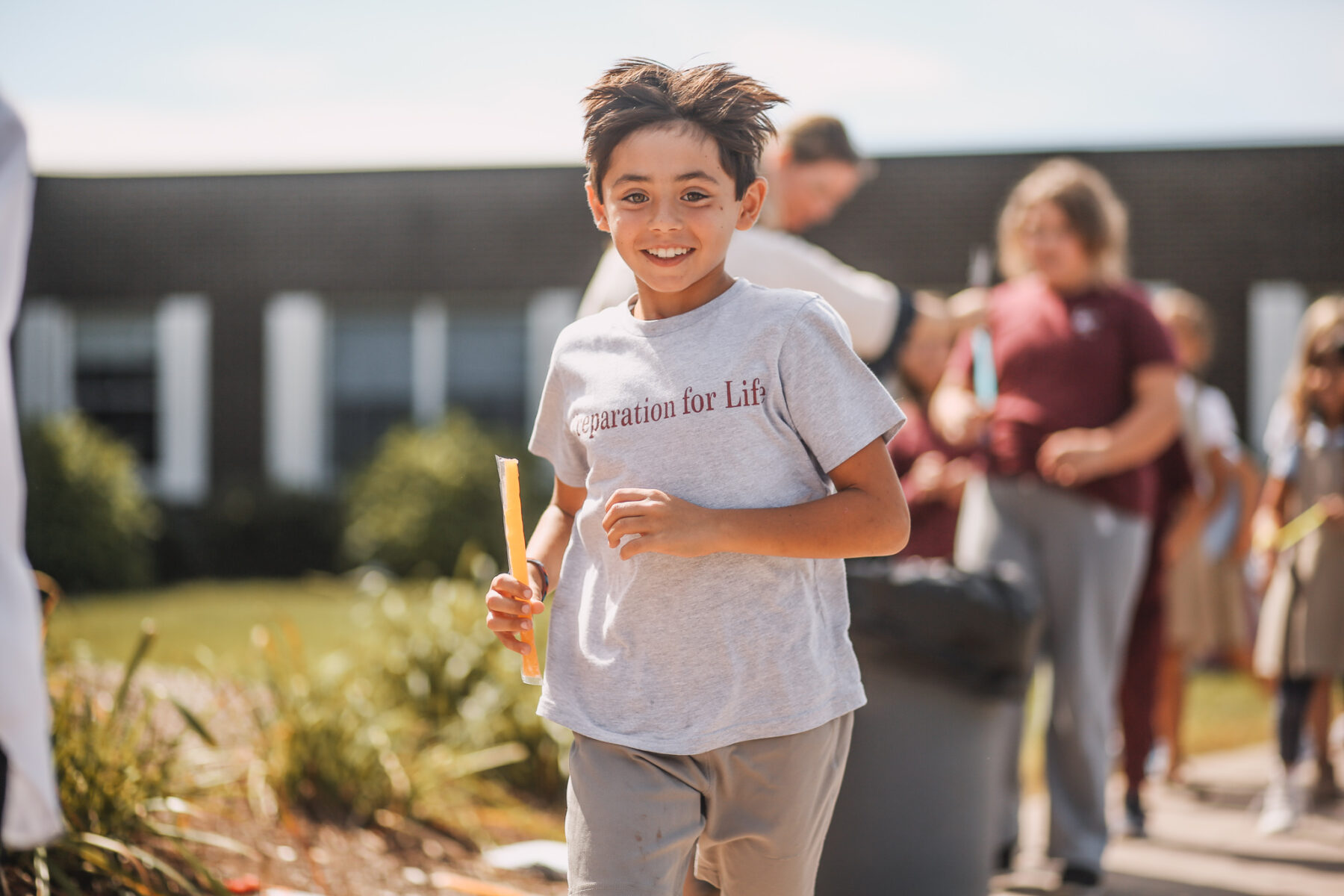Learning Styles: The Collaborative Learner

Who is the Collaborative Learner?
The Collaborative Learner is a people person who best processes new knowledge by learning alongside others. They are most comfortable grasping the big picture first and filling in the details later; however, it is important that they don’t miss the big picture as they process the experience. When encouraged to reflect on “How does this relate to my life?” they are able to connect new learning to prior knowledge.
The Collaborative Learner often processes through language. Sharing their learning with others helps them connect new information to prior knowledge (important for storage in long-term memory) and recalling the knowledge prompts the growth of pathways for easy access.
In fact, we would all benefit from talking out what we have learned because it forces us to draw bits of knowledge, stored in various parts of the brain during input, together into cohesive thoughts to express in output. Only when we can talk or write about what we know, are we truly consolidating cohesive memories that can be stored in long-term memory.
This learner is also sensitive and intuitive. They “feel” their world. For them, “the medium is the message” and they need to feel close relationships with teachers and others in the classroom. Because of the sensitivity, these learners are often the “glue” in organizations and remain connected to friends. They are empathetic and caring, but these wonderful qualities can also be overwhelming if someone takes advantage of their kindness.
When teaching this learner, the teacher can best motivate him or her with personal material and a caring relationship. These students do best when invited to enter the experience of the learning project.
Supporting Learning for the Collaborative Learner
- Share stories of your learning. In return, listen to them share what they have learned.
- Build study buddy relationships.
- Dramatize learning; role play stories; or create new story endings- help personalize the new knowledge.
- Have them share stories of learning with extended family members.
- Encourage them to work through hurts
- Their sensitivity and intuition can cause them to perceive motive when none is intended. By encouraging and working with them you will be the “safe” person that guides them in problem-solving.


